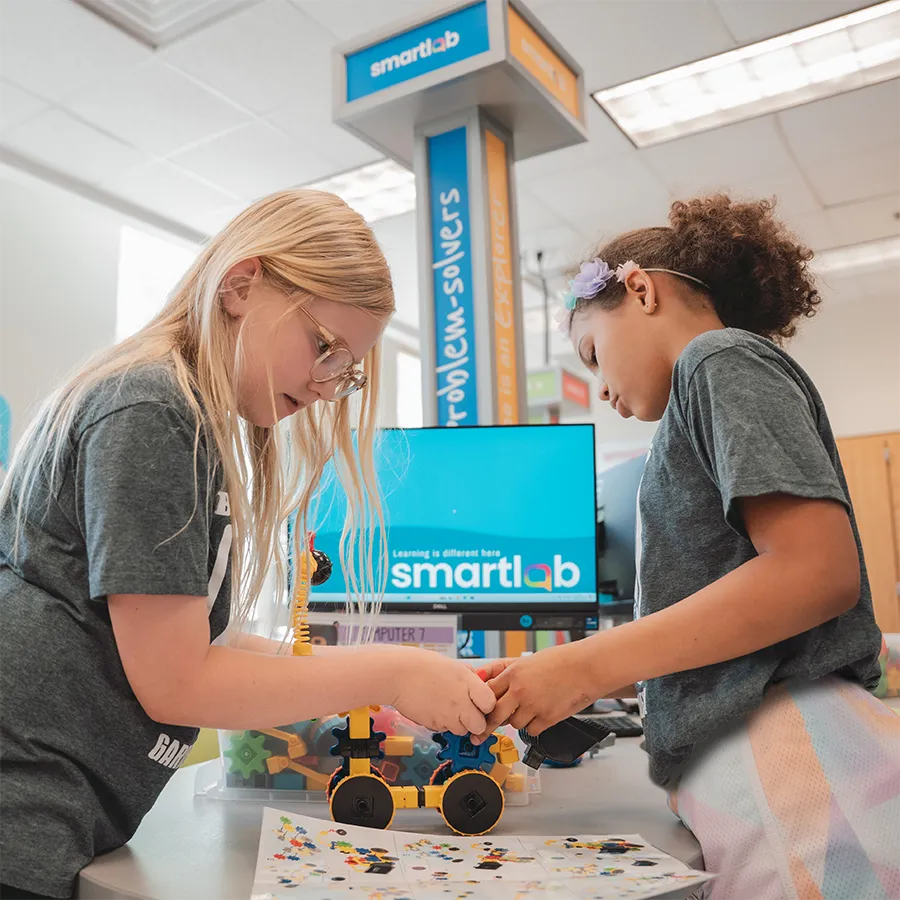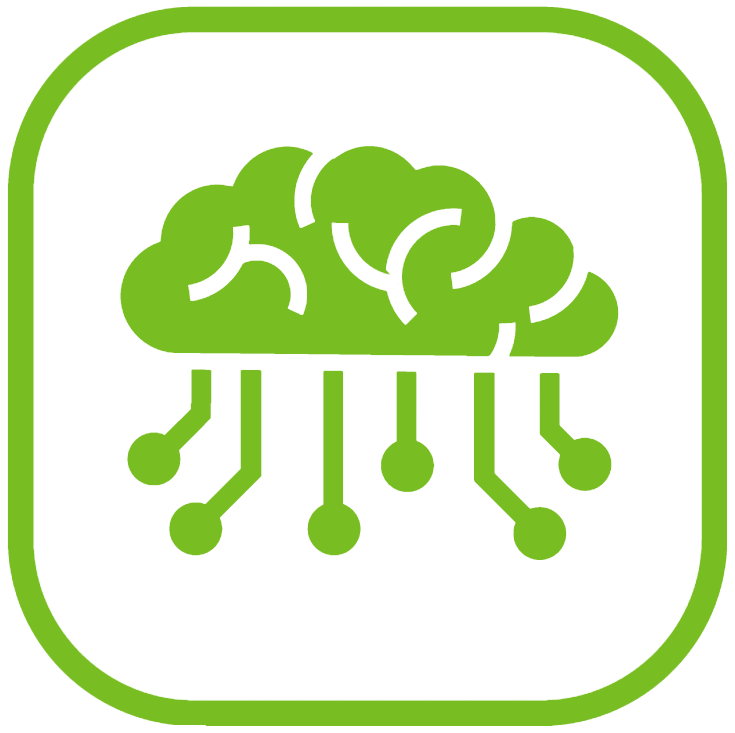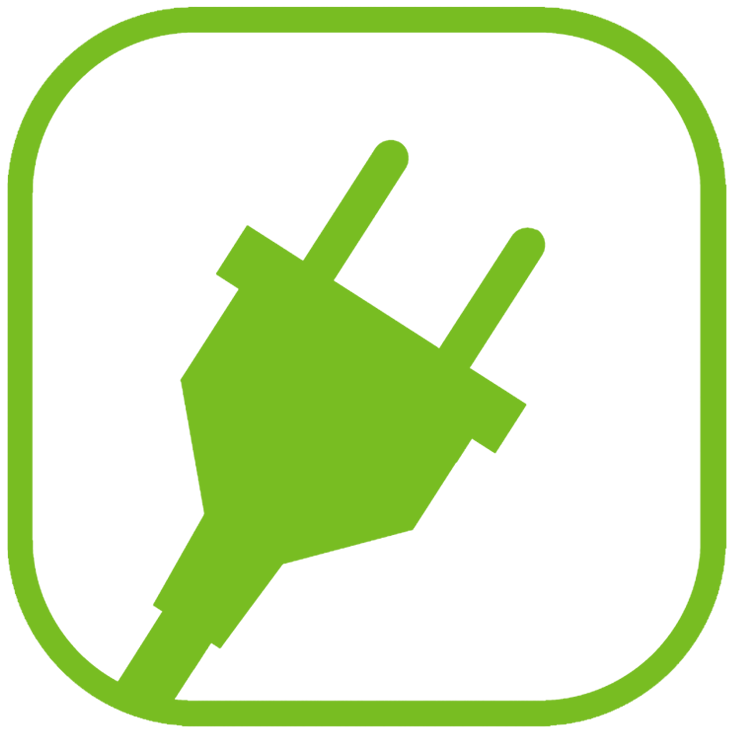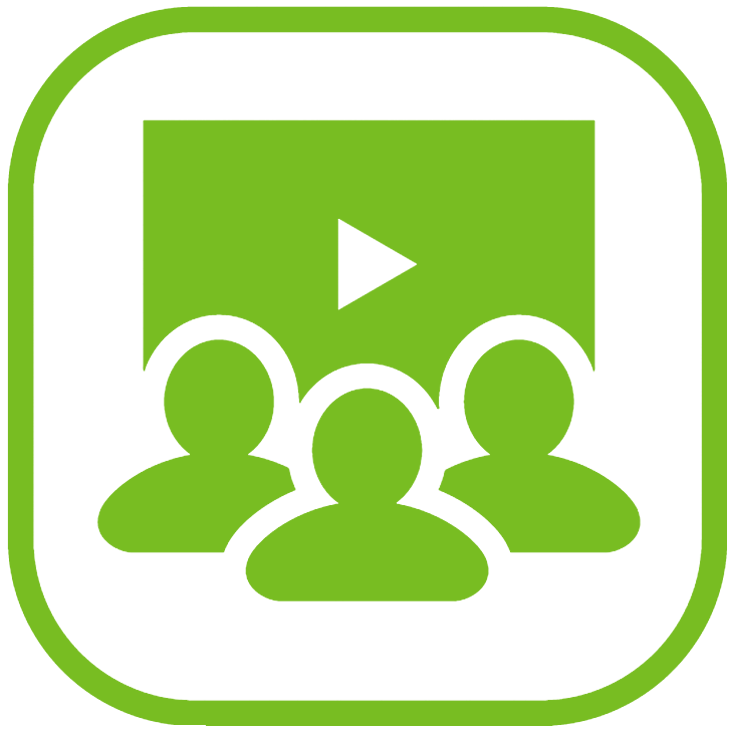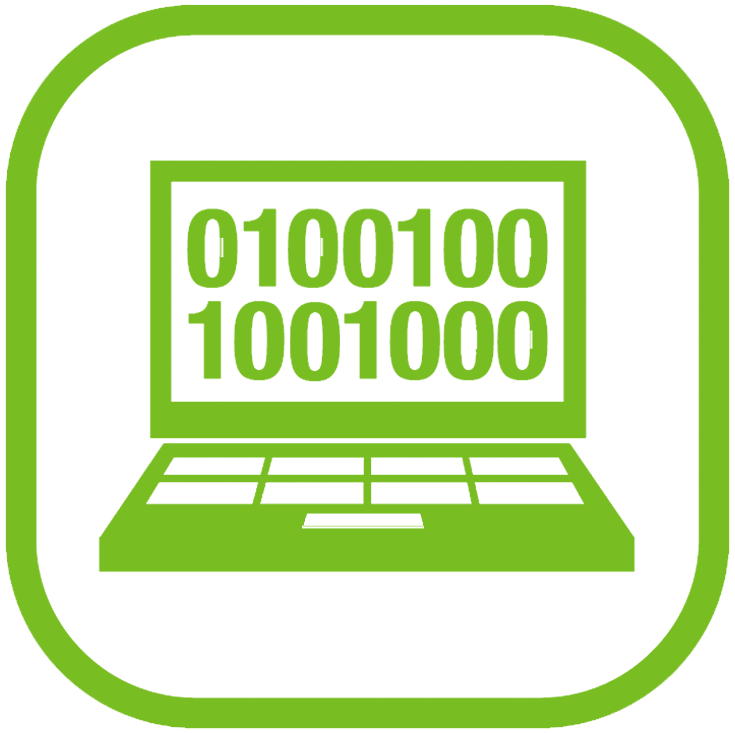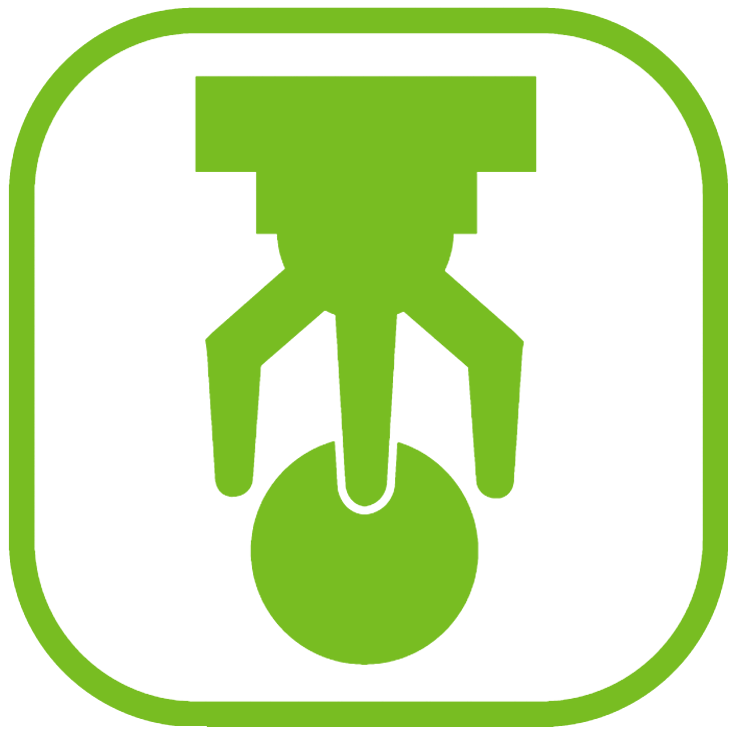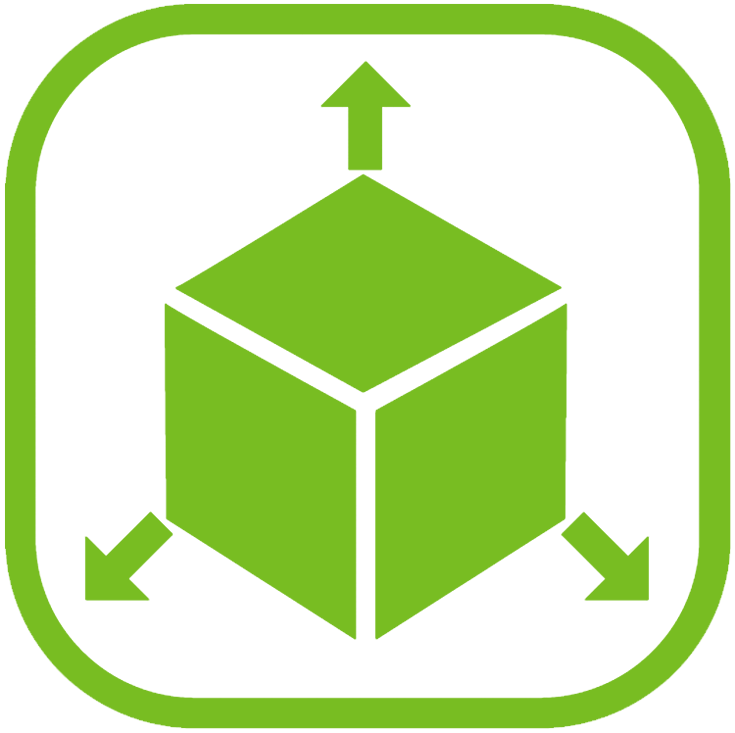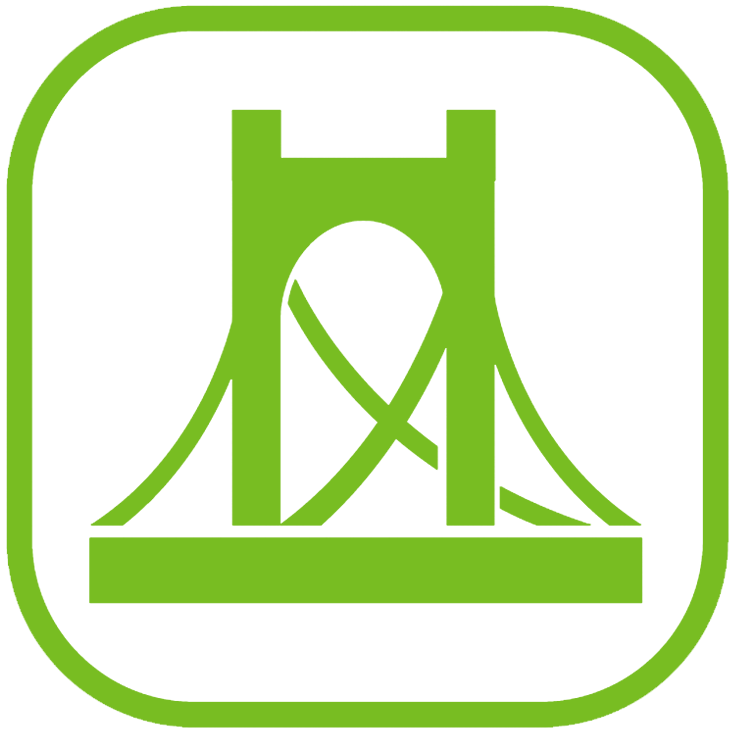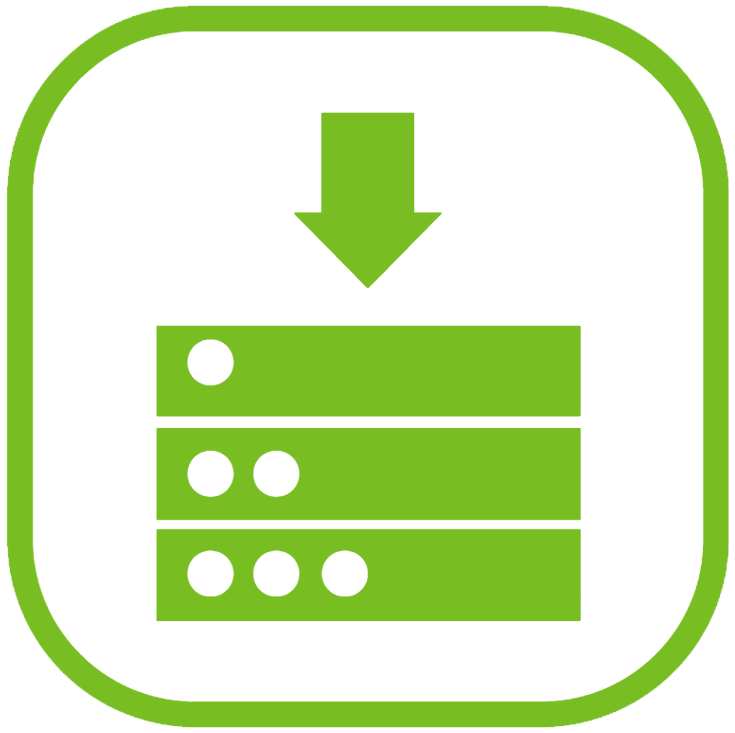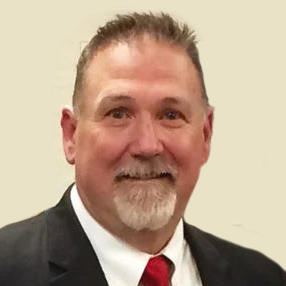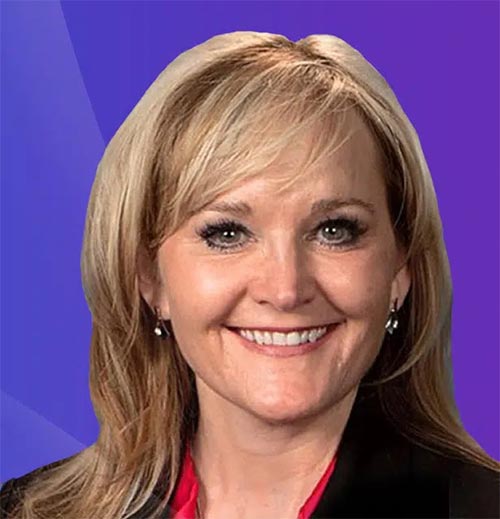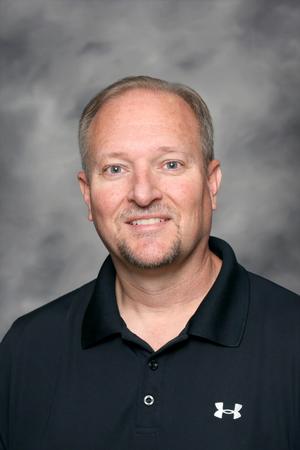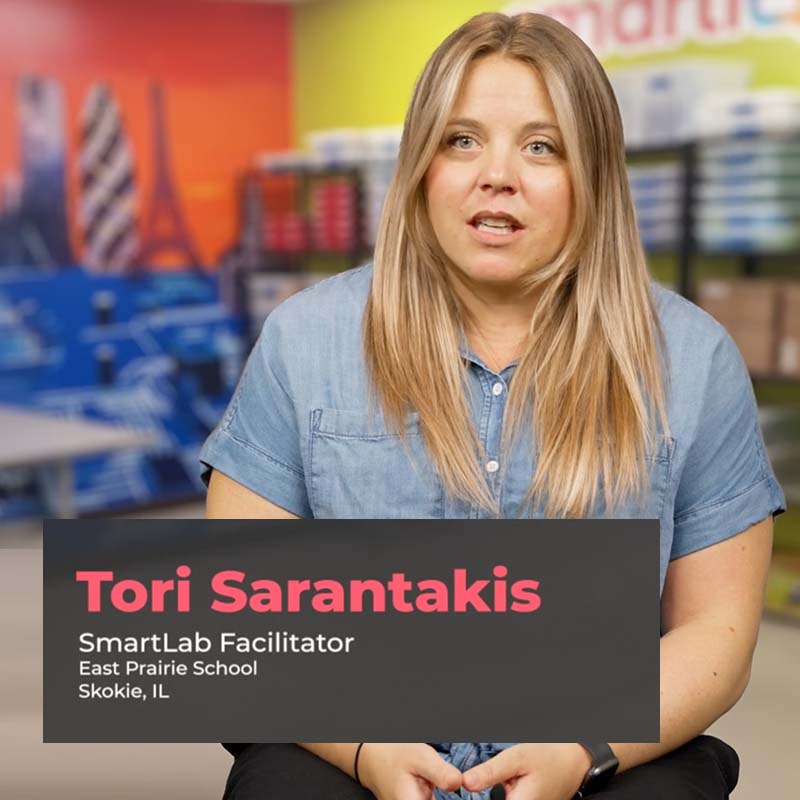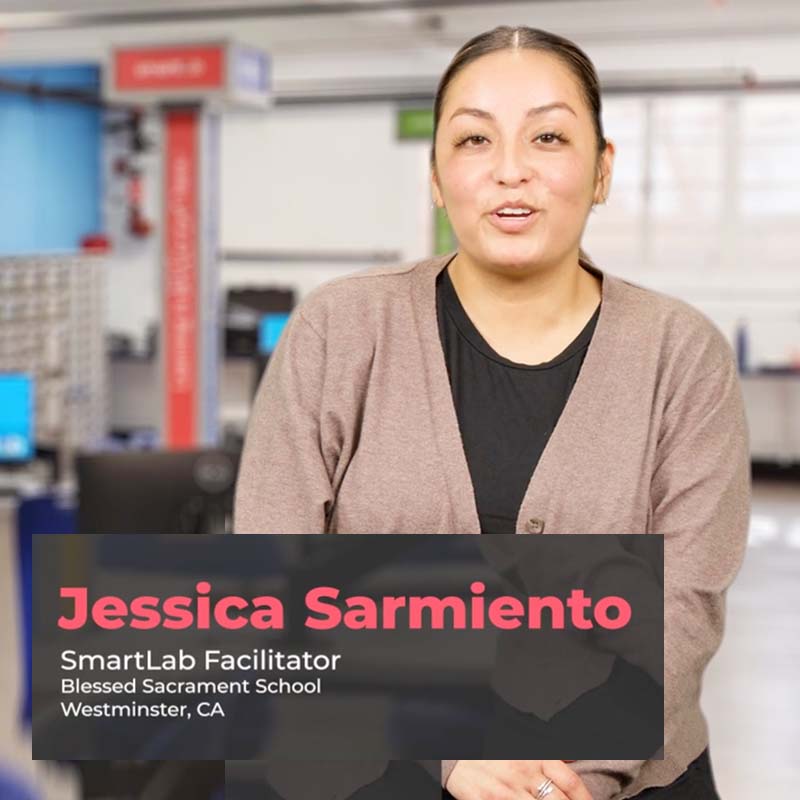Student engagement is at levels I have never seen in my 23 years of teaching. Students love the lab and are constantly asking if they can come down in their free time to continue working with Ukits, or Engino, etc. I’ve never been busier as a teacher, but also have never had more fun. It’s encouraged me to gladly take work home and get more proficient in areas such as coding and circuitry. I see myself as a lifelong learner, and this lab not only meets the needs of my students but also fulfills my own growth as a facilitator and person. I appreciate my administration for investing in this lab and appreciate SmartLab for offering such an incredible product!!!
Integrated STEM Applications
Connecting Learning
to the Real World
SmartLab embeds real-world tools and technologies into every unit—making STEM relevant, tangible, and engaging. Students explore, design, and solve authentic challenges while building critical skills like problem-solving, collaboration, and adaptability. These tools grow with students—beginning with foundational applications in early grades and advancing to professional-grade technologies by middle and high school.
These experiences help students develop a strong STEM identity: the belief that they belong in STEM, can succeed, and can make an impact. When learners work with meaningful tools in purposeful contexts, they gain the confidence to see themselves in future careers.
See how SmartLab sets K–12 students up
for college & career readiness.
A Crossroads of Tools and Technologies
Integrated STEM applications are the connective tissue of SmartLab learning. These are the real-world tools and technologies students use to explore industry challenges—from robotics and AI to data analysis and digital media. Each SmartLab unit begins by pairing one or more of these applications with a career-connected pathway. While the focus starts with a specific industry, units expand to include concepts and challenges from other sectors.
This integrated model allows students to see how knowledge and technologies transfer across disciplines and careers. As students grow, so does the complexity of the tools they use. They start with simple, hands-on technologies and gradually progress to using professional-grade tools—building confidence, skills, and readiness for the real world along the way.
From Big Picture to Real Possibilities
Each SmartLab curriculum brings career relevance to life. The example units below offer just a glimpse of how students connect classroom work to real-world possibilities.
SmartLab Explorer (K–5)
Structured STEM units that introduce career pathways through hands-on, real-world challenges.
Harvest Hauler Unit
Harvest Hauler is a hands-on challenge where students build a device to transport small objects, simulating the movement of crops. Through testing and redesign, they explore mechanical systems, measurement, and real-world problem-solving.
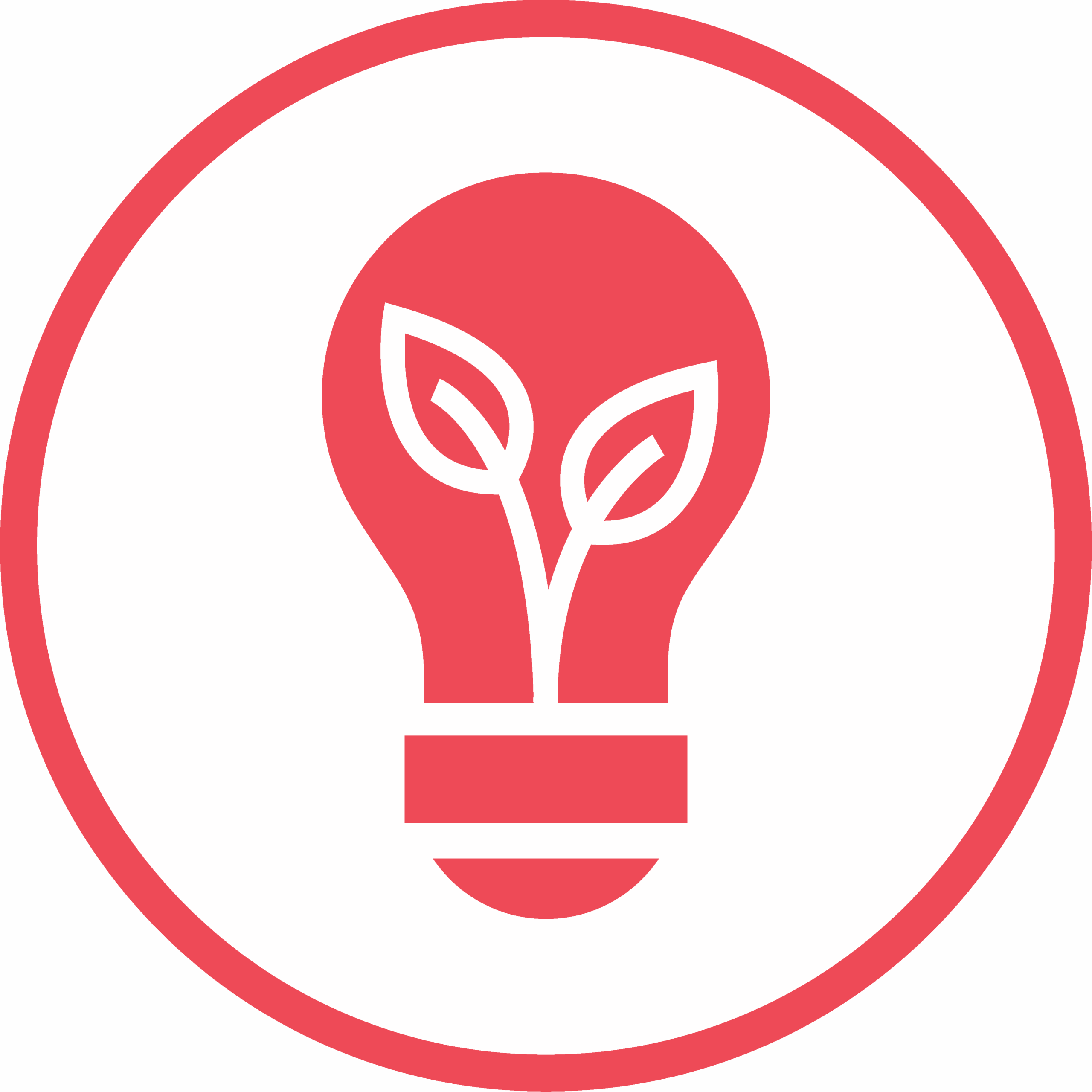
Industry: Agriculture,
Natural Resources and Energy
Integrated STEM Application:
Robotics and Control Technology
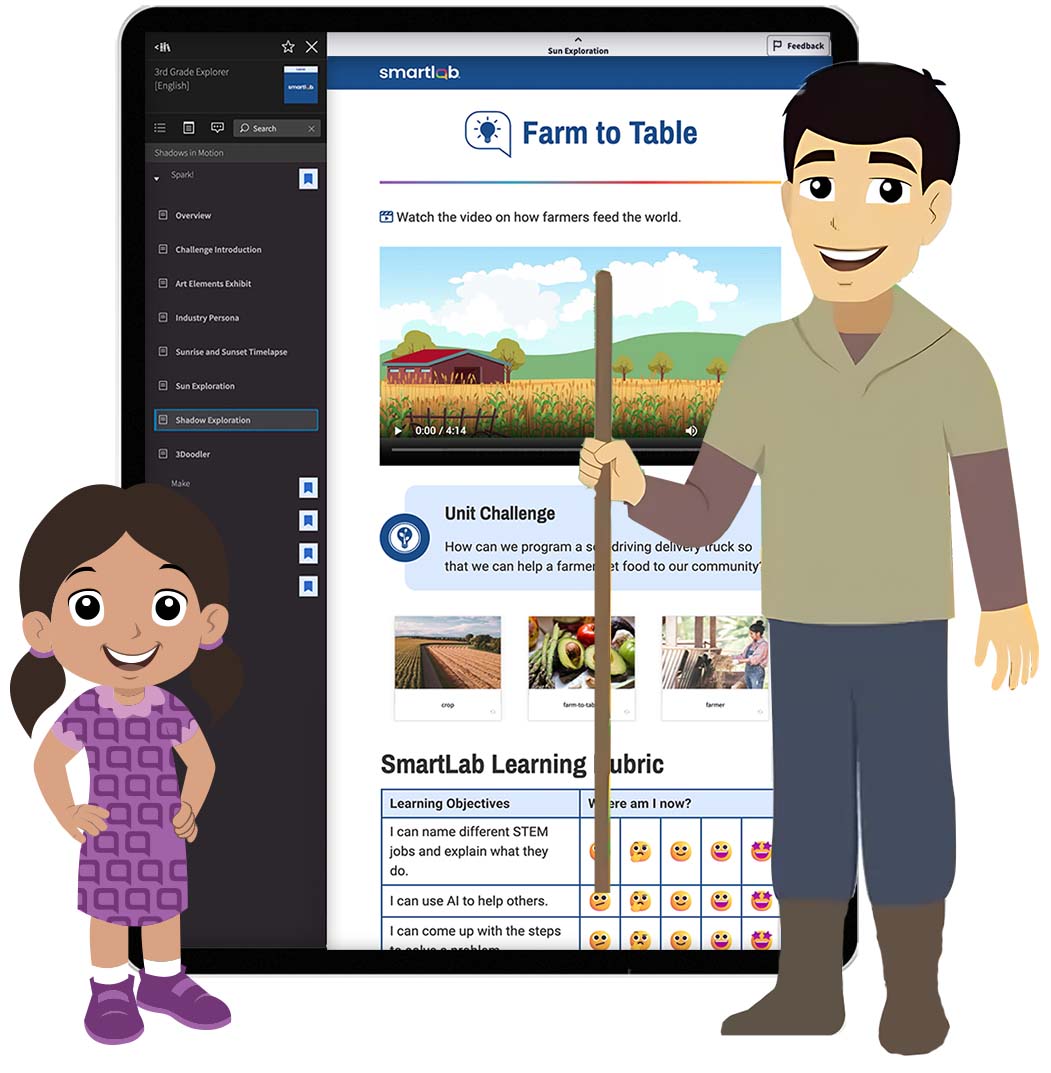
SmartLab Pathfinder (6-8)
Scaffolded courses that deepen problem-solving and career awareness through industry-aligned units.
Community Connections Unit
Community Connections invites students to explore how technology and design can solve real-world problems in their local area. Through research, planning, and prototyping, they develop solutions that strengthen community well-being and engagement.
Industry: Construction
and Architecture
Integrated STEM Application:
Modeling and Design
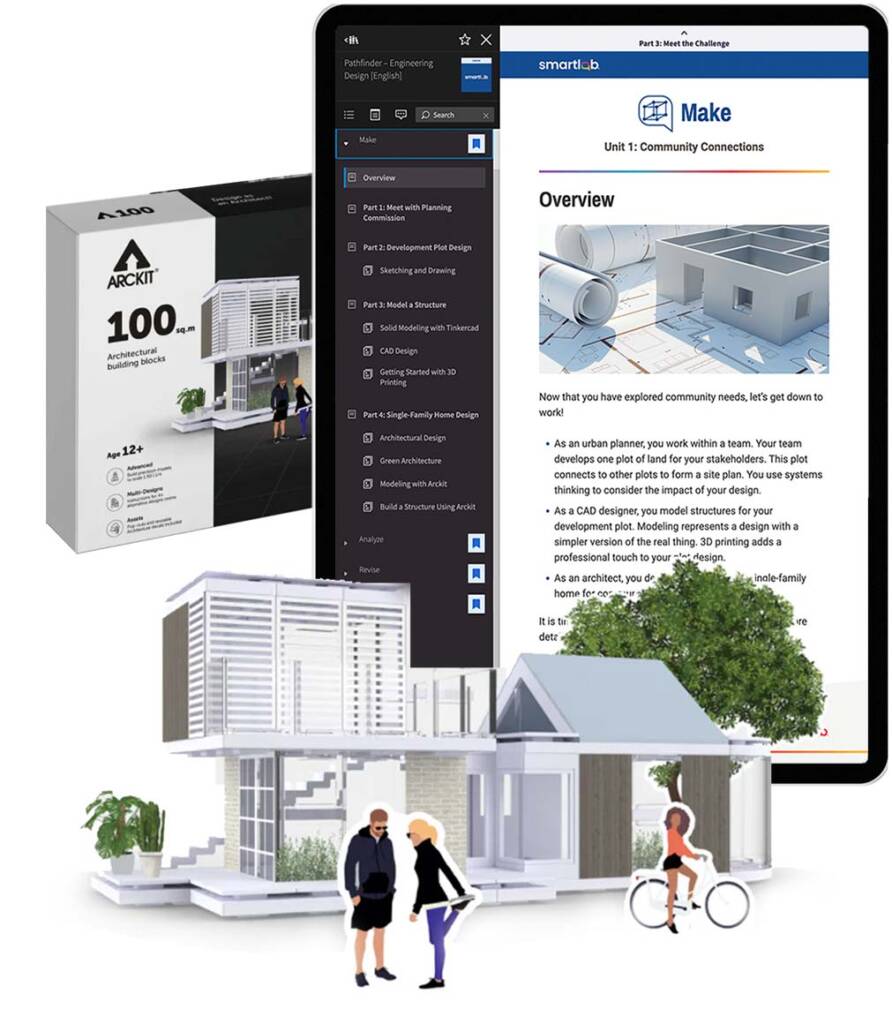
SmartLab Spark (K–12)
Self-directed exploration that builds digital fluency and problem-solving across a wide range of technologies.
Home Energy Audit
Harvest Hauler is a hands-on challenge where students build a device to transport small objects, simulating the movement of crops. Through testing and redesign, they explore mechanical systems, measurement, and real-world problem-solving.
Area of Exploration:
Environmental Technology
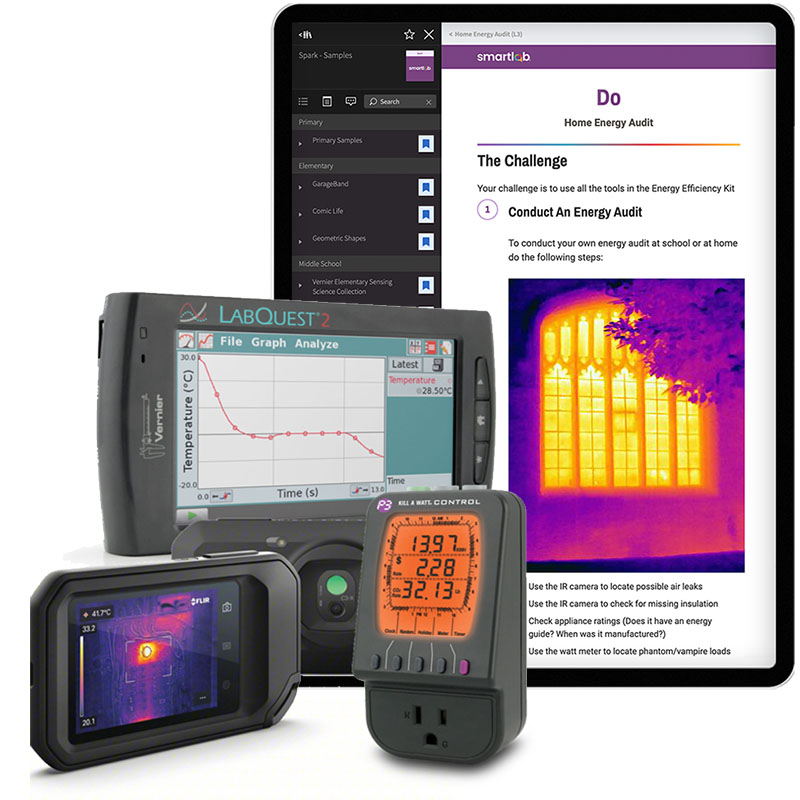
Real Tools. Real Learning. Real Growth.
SmartLab gives students access to the same kinds of tools and technologies used in the real world—from circuits and sensors to software and simulations. These aren’t just fun gadgets. They’re part of a structured, purpose-driven curriculum that prepares learners for the opportunities ahead.
As students engage with a range of projects and technologies, they explore STEM across disciplines and at increasing levels of depth. Over time, they gain confidence with real-world tools, think more critically, and build the creative resilience they’ll need for life beyond the classroom.
Curious about the equipment behind these experiences?
See how SmartLab’s real-world tools and structured curriculum prepare students for careers—and confidence
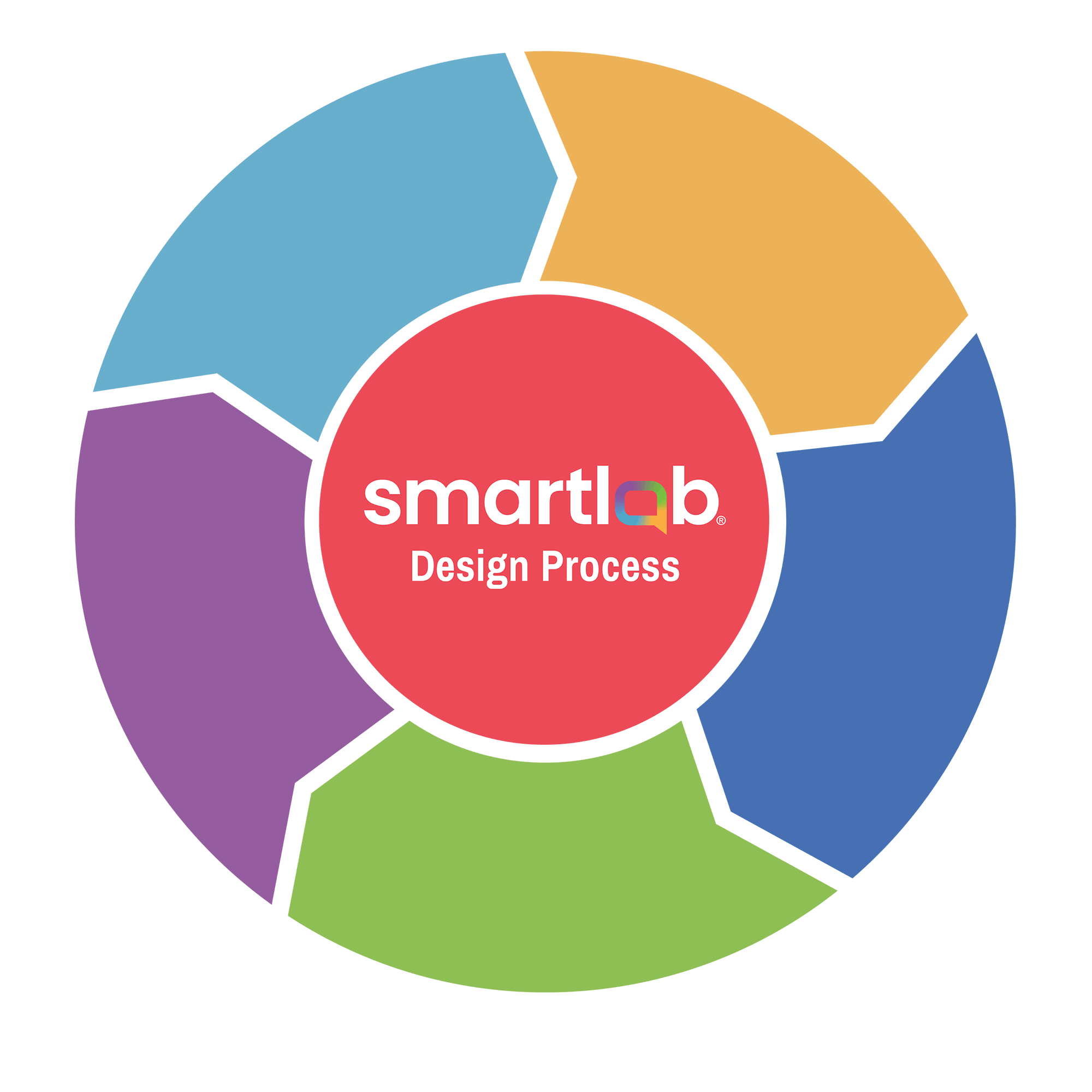
Structure That Supports Exploration
Already explored the Career Connections page? Here’s how SmartLab brings those ideas to life.
The SmartLab Design Process helps students organize their thinking, take ownership of their learning, and iterate with purpose.
This inquiry-driven cycle—Spark, Make, Analyze, Revise, Tell—builds cognitive and creative habits that serve students in any field or future.
Skills That Travel Further
SmartLab® helps students build the kinds of durable skills that serve them long after a project ends. Communication, critical thinking, and adaptability are integrated into every experience—not as separate goals, but as essential outcomes. These are the capabilities students will rely on in any job, career, or calling.
What Educators Say
Success in Action
Districts across the country use SmartLab to strengthen engagement, improve performance, and empower students.
Explore how different communities are making it work.
Ready to transform learning in your school?
Together, we’ll bring the SmartLab ecosystem to your school. Students will engage deeply in STEM, take on real-world challenges, and build the skills for lifelong learning, leadership, and career readiness.
